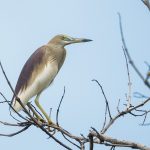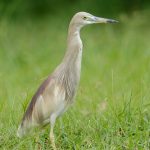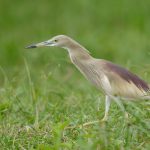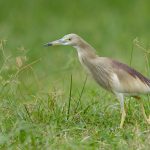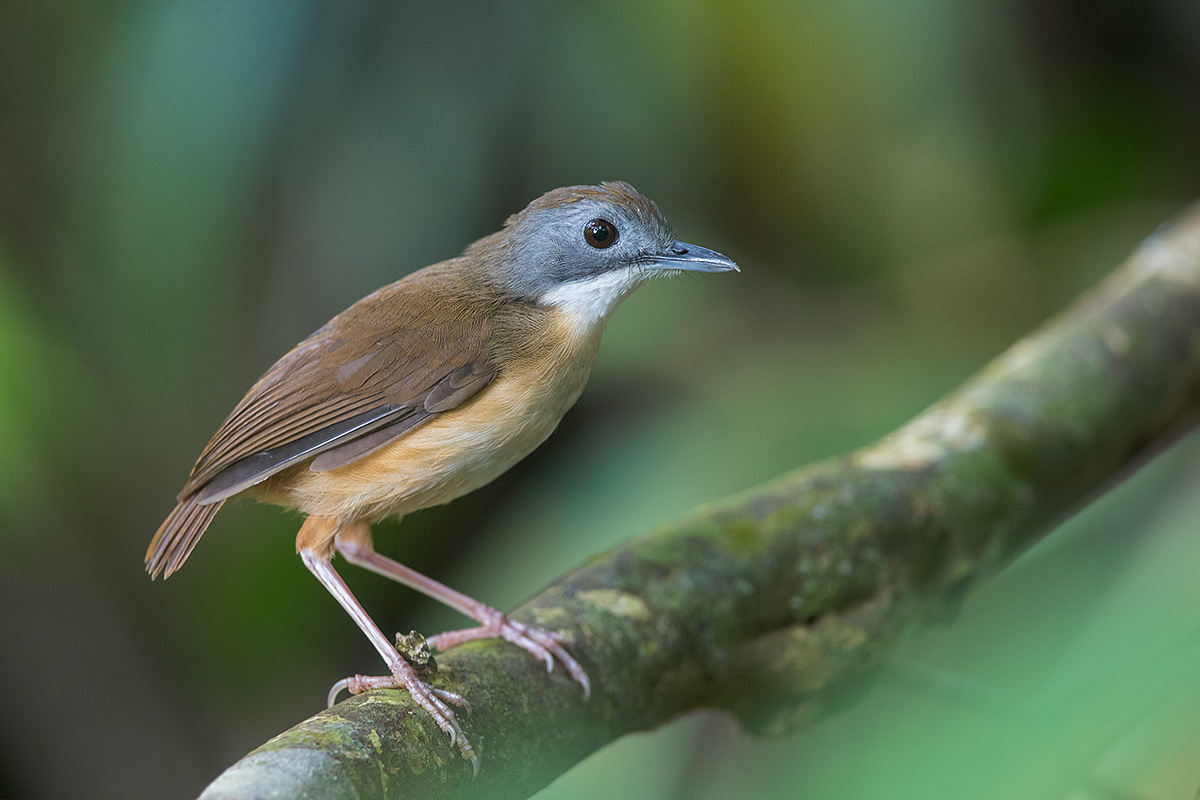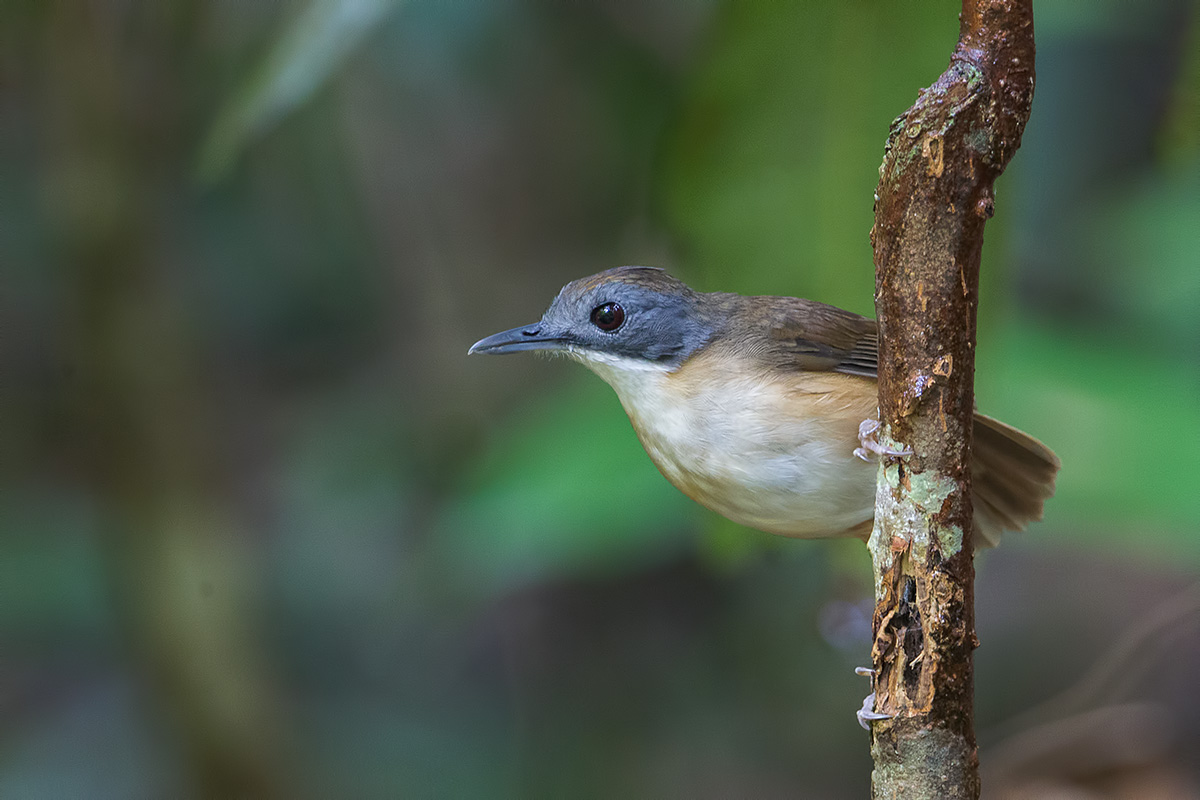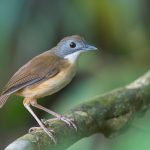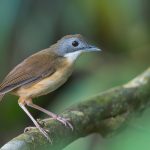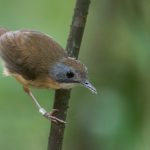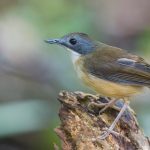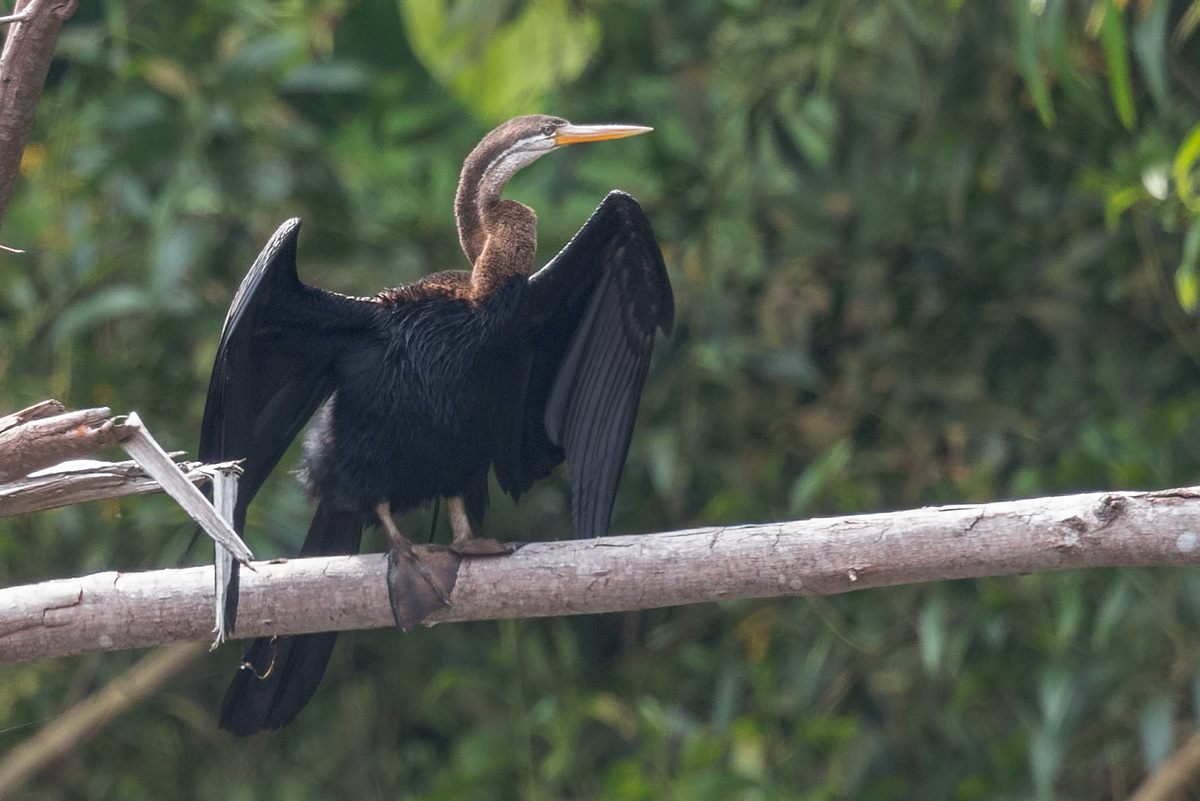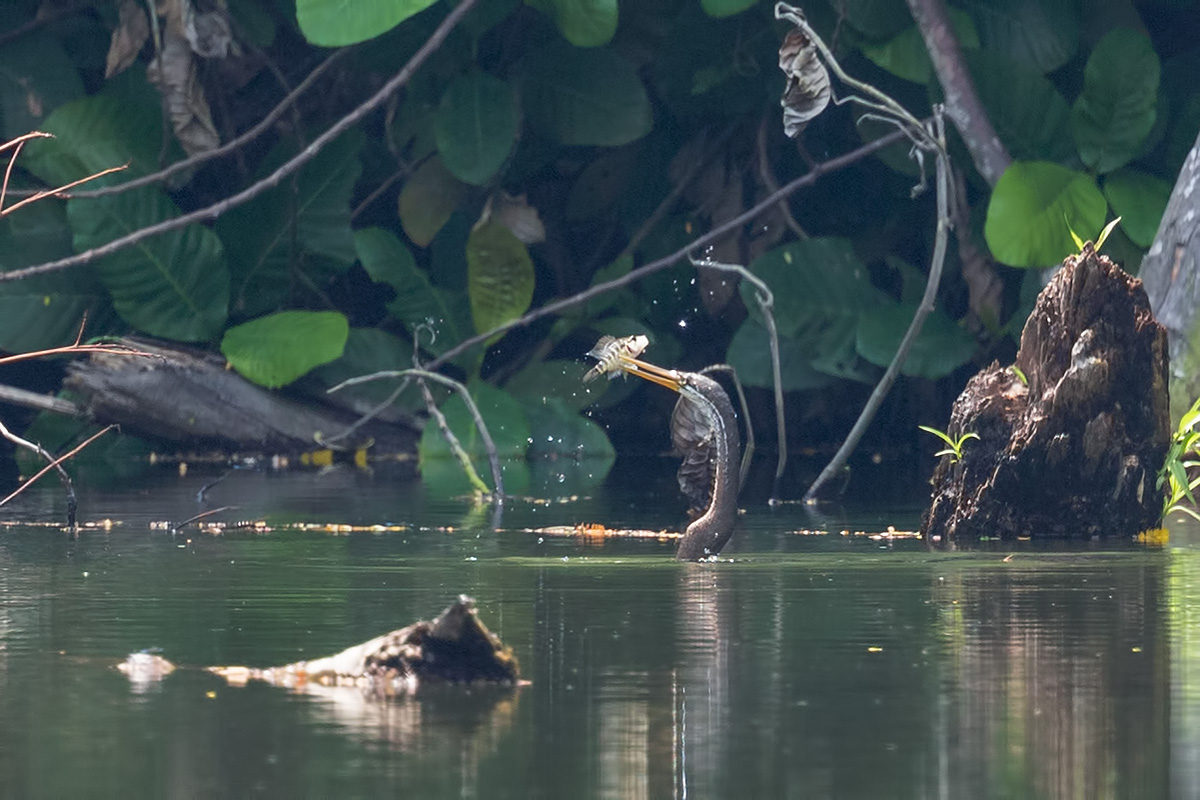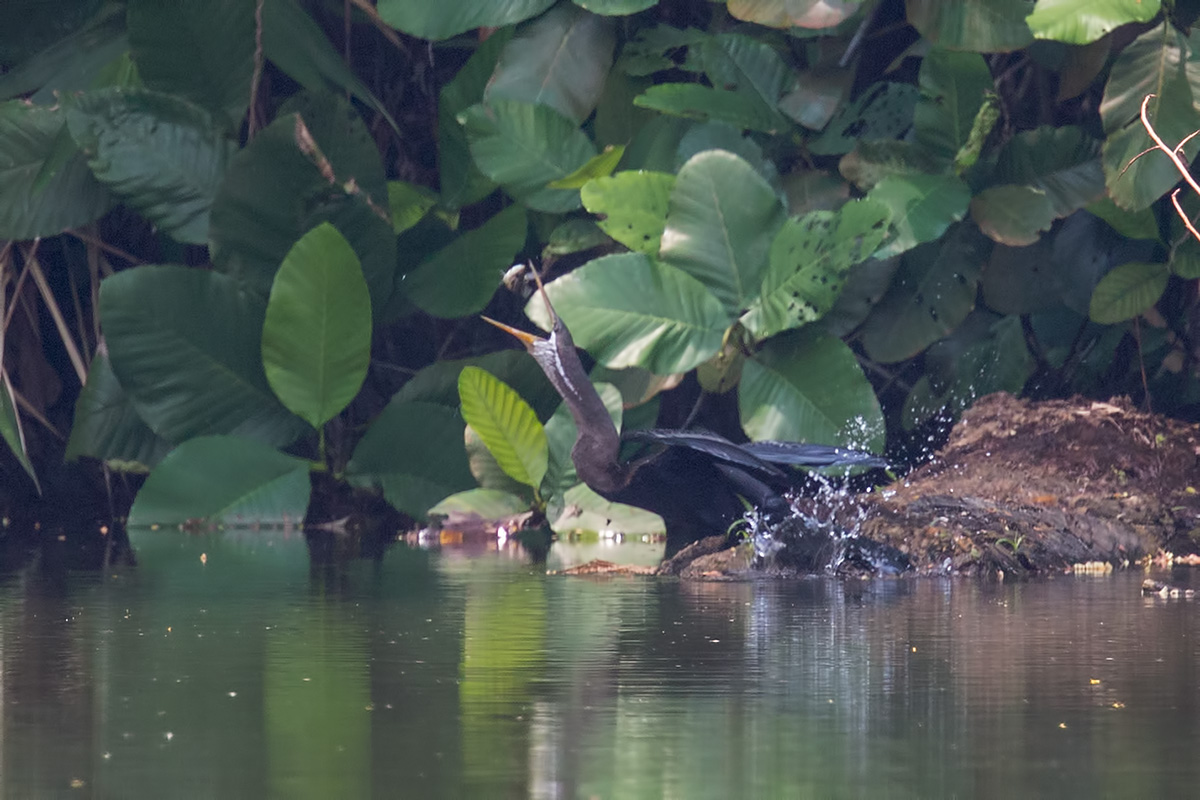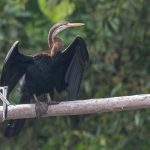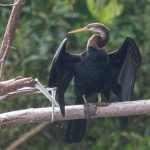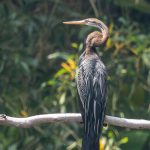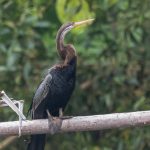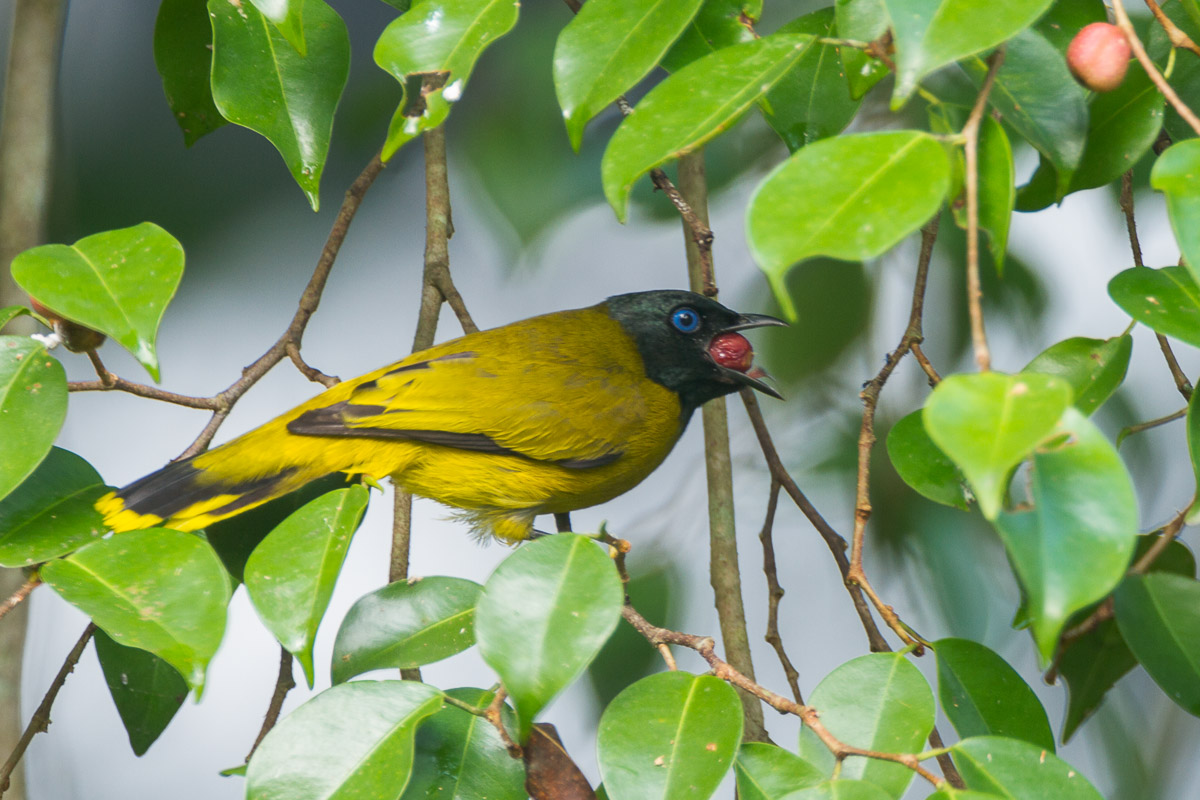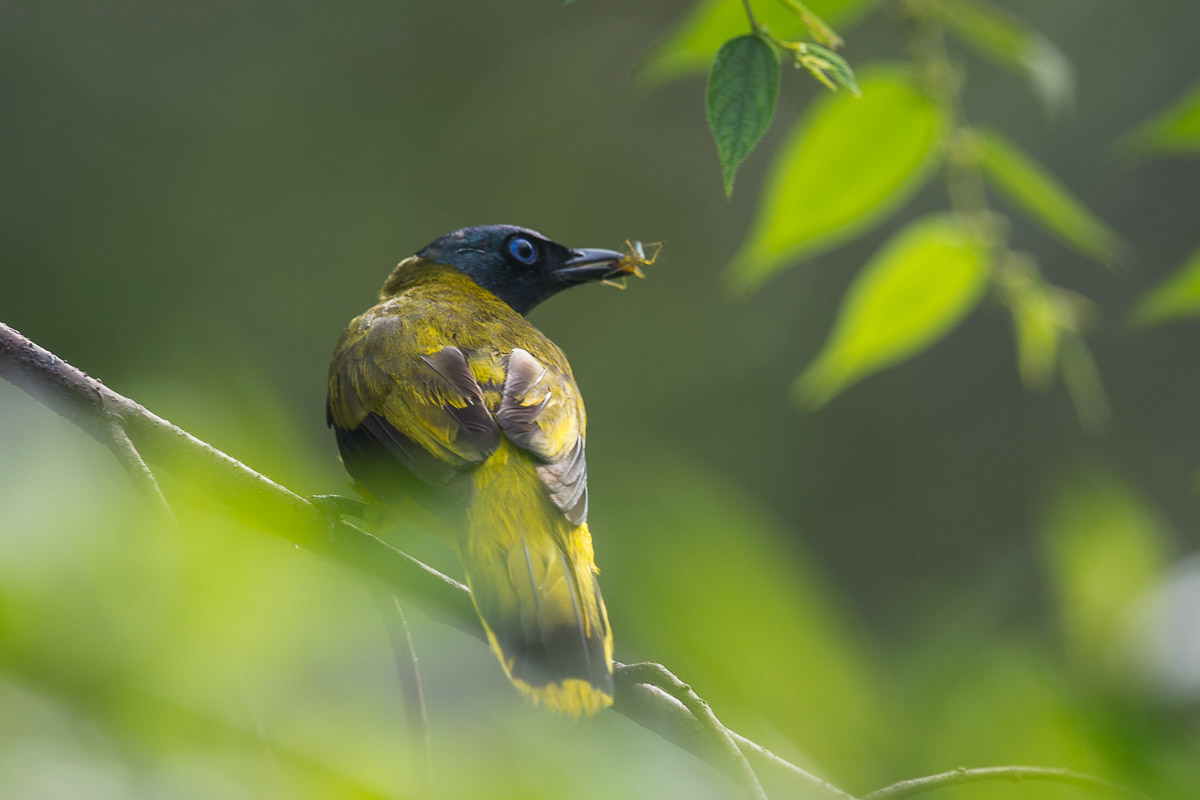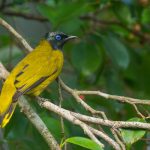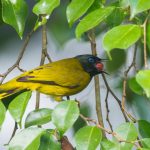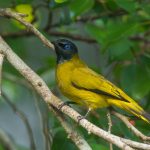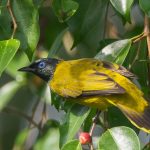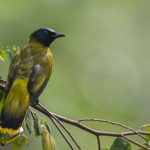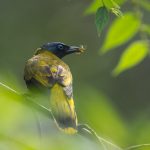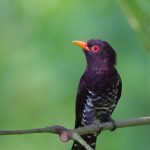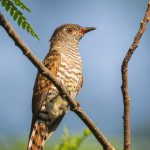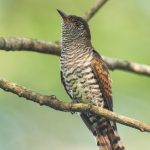The Indian Pond Heron (Ardeola grayii) is a common heron that is found breeding in the Indian subcontinent ranging to Iran. Its alternate name is paddybird, which is derived probably from its preferred habitat, marshy wetlands or in cases where these have been cultivated by human, paddy fields.
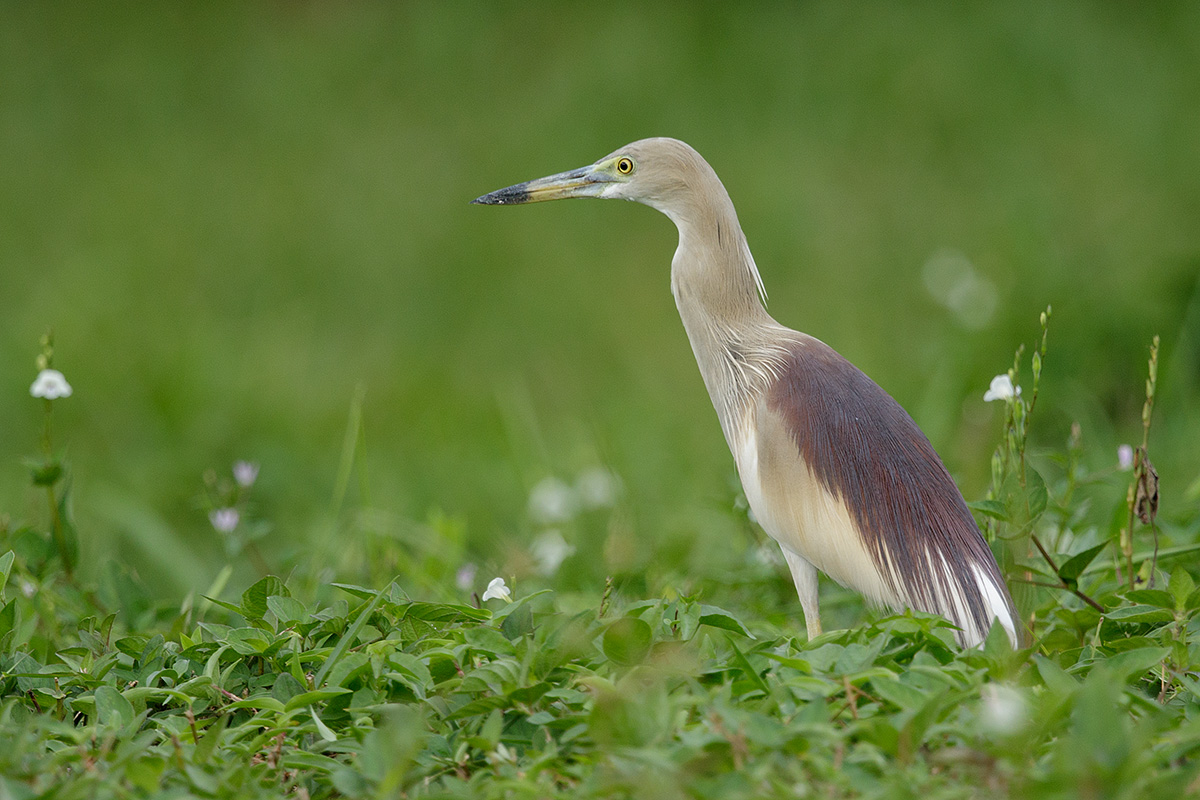
(The Indian Pond Heron standing still looking for its prey. Taken on 18 April 2015)
In the official checklist of the Nature Society (Singapore) Bird Group, there are two species of pond herons found in Singapore. The more common Chinese Pond Heron (Ardeola bacchus) and the rarer Javan Pond Heron (Ardeola speciosa) both which are closely related to the Indian Pond Heron. In fact, in non-breeding season, all three pond herons are indistinguishable from each other. It is only when they change into their breeding plumage that each of these species are easily separated visually. However this changeover into breeding plumage also signal their return to their breeding grounds away from Singapore. So there is only a small window in the season when they are around for us to ascertain their identity locally. In the case of the Indian Pond Heron, there have only been two prior records of their sightings in Singapore, one in Senoko and another in Pasir Ris Farmway 1. For some reasons, these sightings have not resulted in the Indian Pond Heron being included in the checklist yet.
So it came as a shock to me that I recognise this bird species while perusing through my friend Er Bong Siong’s pictures taken at Bidadari on 17 April 2015. As it was late in the evening when I first came upon them, I only managed to go to Bidadari the next morning after running some family errands. By that time, there was a already a group of avid birders and photographers searching for the bird and they managed to locate it before my arrival.
I managed to see the bird first resting on a tree, and subsequently perched on a bare branch before coming down to hunt for food on a grass patch below. Unfortunately it only stayed around until the early afternoon. The noise from tree cutting nearby and the presence of more people probably resulted in its early departure.
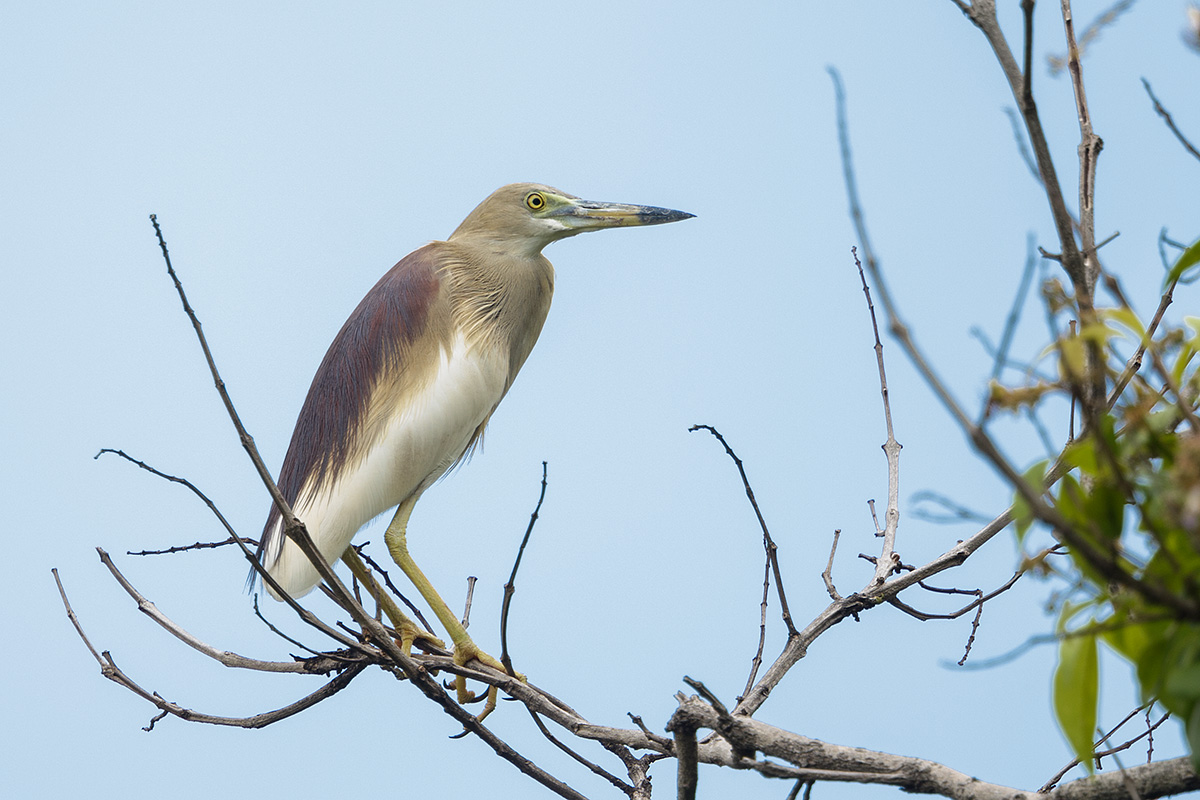
(Perching on a bare tree branch just next to the carpark at Bidadari)
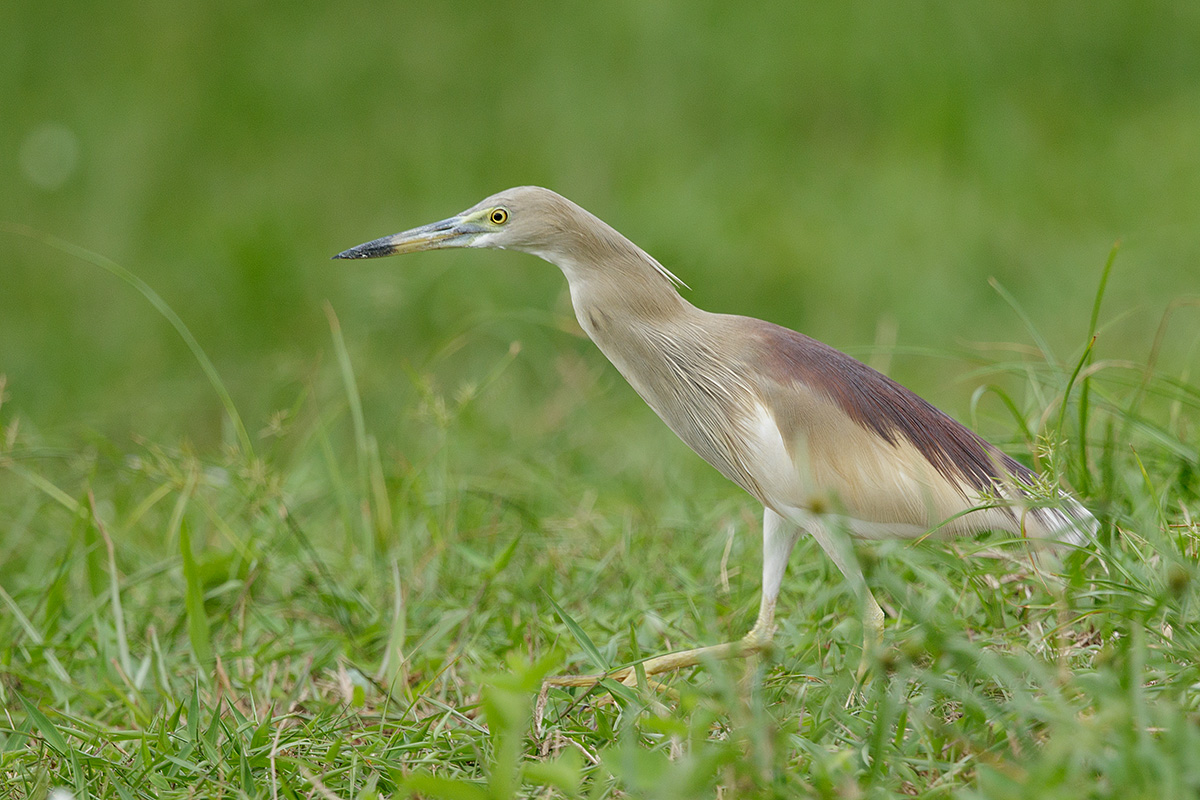
(Stalking a prey on a grassy patch at Bidadari)
All in all, I managed to get some pretty clear photos and video of the pond heron. Hopefully this sighting and the previous ones will result in the acceptance of this species into our checklist. My opinion is that although rarer than the other two species of pond herons, part of the reason for the lack of records is due to the fact that most people overlook this species. The non-breeding and breeding plumages of these three ponds herons are confusing unless a birder knows what field marks to look out for.
Lastly, I just want to note that Bidadari, a place slated for development soon seems to continue to surprise everyone with the constant appearances of locally rare migrant bird species, underlining once again its importance as a stopover/refuelling point for many bird species in this region.
Photo Gallery
Video
